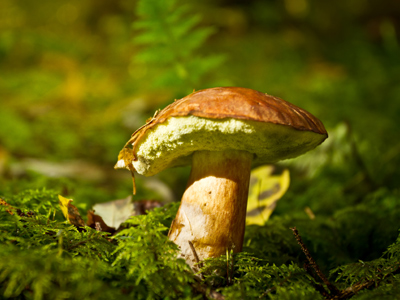The study of living things is known as Biology. Biology is a natural science.
There are three kinds of living things that are studied in the general field of biology. They include: humans, animals (which include insects, bugs and aquatic life) and plants. [NOTE: There are also two kinds of “non-living” things. They include: natural (rocks, land, water, etc.) and man-made (toys, cars, clothing, etc.).]
All living things are classified into 5 major Classifications as follows:
Animal Kingdom: This kingdom includes invertebrates (without backbones) and vertebrates (with backbones), multi-cellular, no cell walls organism, all of which derive their energy through a respiratory system. Humans fall into this kingdom and are classified as “homo sapiens.”
Plant Kingdom: This kingdom includes multi-cellular organisms that have cell walls and obtain their energy through photosynthesis. For example, mosses, ferns and flowering and seed plants.
Fungi Kingdom: This kingdom includes cells with cell walls but not green. They do not carry out photosynthesis or break down other organic material in order to obtain food. An example would be mushrooms, molds and yeasts.
Protist Kingdom: This kingdom comes in a wide variety of forms. Some are animal like in characteristic such as an amoeba, paramecium and protozoan. However, others are plant-like such as algae and yet others are fungi-like. Many are single-celled while others are multi-cellular.
Monera Kingdom: This kingdom includes cells that photosynthesize while others respire. The nucleus of a Moneran cell is not bounded by a nucleus membrane like cells in the other kingdoms. Examples of the Monera Kingdom include bacteria and blue-green algae.
All living things need certain characteristics to survive. First, there is the need for food to obtain energy to grow. Second, there is the need to interact, touch, explore and/or communicate. Finally, all living things can and need to reproduce offspring.
The smallest unit of life is a cell. A cell is the basic structure of all known living organisms. Each cell contains protoplasm enclosed within a membrane. The number of cells in living things varies from species to species but humans are made up of some 100 trillion cells.
The cell itself was first discovered in 1665 by Robert Hooke. While looking through a microscope at a cork, Hooke noticed the cells which led him to further study the individual cell. It is believed that cells first emerged on the Earth approximately 3.5 billion years ago.








